2001-06-01 14:01
APL Adds “Hand-Held Wireless” to Suite of Customer-Support Channels
APL, the global container transportation and logistics company that in
troduced Web-based container tracking via personal computer in 1996, i
s adding hand-held wireless communications technology to the options a
vailable to its customers for accessing critical information about the
ir global shipments.
“While wireless technology will not replace other customer-support ch
annels - such as telephone, personal computer, automated voice respons
e, fax or electronic data interchange(EDI)- we see it as a valuable op
tion for customers who prefer the mobility it provides or who lack fas
t connections to the Internet,” says Hans Hickler, APL’s senior vice
president for information strategy and customer support.
“Our aim is to offer whatever global communications channels make it
even easier for our customers to do business with us,” says Singapore
-based Hickler.
APL is planning to pilot its wireless technology with several customer
s, including some of the world’s leading manufacturers and retailers.
The testing will involve customers who are already regular users of A
PL’s online global container-tracing feature at www.apl.com
Using the new wireless option, these customers will now be able to che
ck on critical deliveries while away from the office-whether attending
an off-site meeting, inventorying a warehouse, or dining at a restaur
ant. The shipment data they need for effective decision - making will
appear on the screens of their Web-enabled mobile telephones.
APL believes wireless technology will play an increasingly important r
ole in facilitating global commerce, initially in Europe and eventuall
y in Asia and the Americas.
“Wireless access to critical shipment-status information while at off
-site locations or traveling offers new flexibility in controlling the
global supply chain,” says Hickler. “We think it will be especially
attractive in markets where the use of cell phones for Internet acces
s is catching on faster than the use of conventional PC-based modern c
onnections, as in Europe and Asia”
The cell phone is already ubiquitous in Europe and Asia, where wireles
s technologies have leapfrogged the more conventional technologies, ob
serves Hickler. Going to wireless was more expeditious in those market
s than installing land lines where none existed or rebuilding outmoded
communications infrastructures. Additionally, in many instances, it o
ffers the advantage of greater bandwidth and connection speed.
“The Americas will not be far behind,” he says, noting that some APL
customers in the United States are already accessing APL’s container
-tracing feature, known as “Quick Trace,” using the Palm VII wireles
s personal digital assistant (PDA).
APL is interested in developing collaborative marketing programs with
manufactures of wireless devices, on either a global or regional basis
. Hickler adds, “Our intent is to select the right partners who share
our vision of a wireless business-to-business global market place.”
APL’s customers will find substantial benefit in using wireless techn
ology to meet the current status of their container shipments-whether
the shipment consists of this season’s latest fashion apparel or high
-value electronics, says Hickler.
“We are confident that customers will like having the information ava
ilable on any time zone, even while traveling , without having to worr
y about such issues as whether their modern plugs will fit the hotel s
ockets.’
The new technology also means that APL’s on-line tracing becomes acce
ssible even in offices that currently have no Internet access-as is so
metimes the case in Europe, Asia and Latin America.
By keying in a container or bill-of -lading number, customers are able
to review the date a shipment left its origin port, arrived at its de
stination port, or achieved others steps along the way. The informatio
n appears on a small screen on teh user’s mobile phone, eliminating t
he need to phone a customer-support representative for the information
.
The service, notes Hickler, is made possible by the arrival of the thi
rd-generation(3G) wireless devices, which combine the power of the Int
ernet with wireless technology using wireless application protocol(WAP
).
“We are expecting more than 525million Internet-ready wireless device
s will be shipped in the next three years,” says Hickler. This clearl
y signals that wireless will be part of the future of business-to-busi
ness information exchange,”
“Now that we’ve entered into the wireless realm,” says Hickler, “O
ur challenge is to continue to develop new wireless features that are
useful and added value for our customers Many of the transactions that
are currently available on APL’s HomePort could be access through wi
reless devices. And taking this a step further, new wireless offerings
which ‘push’ information to the customer, such as shipment-arrival
notification and exception notification, adds an entirely new dimensi
on to APL’s customer service model.”
“As we look further ahead,” he asys, “we can envision voice-recogni
tion technologies providing us additional opportunities to enhance our
customer-support tool kit,”
APL provides customers around the world with container transportation
and logistics services through a network combining high-quality interm
odal operations with state-of-the-art information technology . APL is
the container and logistics arm of Neptune Orient Lines Limited, a glo
bal transportation and logistics engaged in shipping and related busin
ess.
troduced Web-based container tracking via personal computer in 1996, i
s adding hand-held wireless communications technology to the options a
vailable to its customers for accessing critical information about the
ir global shipments.
“While wireless technology will not replace other customer-support ch
annels - such as telephone, personal computer, automated voice respons
e, fax or electronic data interchange(EDI)- we see it as a valuable op
tion for customers who prefer the mobility it provides or who lack fas
t connections to the Internet,” says Hans Hickler, APL’s senior vice
president for information strategy and customer support.
“Our aim is to offer whatever global communications channels make it
even easier for our customers to do business with us,” says Singapore
-based Hickler.
APL is planning to pilot its wireless technology with several customer
s, including some of the world’s leading manufacturers and retailers.
The testing will involve customers who are already regular users of A
PL’s online global container-tracing feature at www.apl.com
Using the new wireless option, these customers will now be able to che
ck on critical deliveries while away from the office-whether attending
an off-site meeting, inventorying a warehouse, or dining at a restaur
ant. The shipment data they need for effective decision - making will
appear on the screens of their Web-enabled mobile telephones.
APL believes wireless technology will play an increasingly important r
ole in facilitating global commerce, initially in Europe and eventuall
y in Asia and the Americas.
“Wireless access to critical shipment-status information while at off
-site locations or traveling offers new flexibility in controlling the
global supply chain,” says Hickler. “We think it will be especially
attractive in markets where the use of cell phones for Internet acces
s is catching on faster than the use of conventional PC-based modern c
onnections, as in Europe and Asia”
The cell phone is already ubiquitous in Europe and Asia, where wireles
s technologies have leapfrogged the more conventional technologies, ob
serves Hickler. Going to wireless was more expeditious in those market
s than installing land lines where none existed or rebuilding outmoded
communications infrastructures. Additionally, in many instances, it o
ffers the advantage of greater bandwidth and connection speed.
“The Americas will not be far behind,” he says, noting that some APL
customers in the United States are already accessing APL’s container
-tracing feature, known as “Quick Trace,” using the Palm VII wireles
s personal digital assistant (PDA).
APL is interested in developing collaborative marketing programs with
manufactures of wireless devices, on either a global or regional basis
. Hickler adds, “Our intent is to select the right partners who share
our vision of a wireless business-to-business global market place.”
APL’s customers will find substantial benefit in using wireless techn
ology to meet the current status of their container shipments-whether
the shipment consists of this season’s latest fashion apparel or high
-value electronics, says Hickler.
“We are confident that customers will like having the information ava
ilable on any time zone, even while traveling , without having to worr
y about such issues as whether their modern plugs will fit the hotel s
ockets.’
The new technology also means that APL’s on-line tracing becomes acce
ssible even in offices that currently have no Internet access-as is so
metimes the case in Europe, Asia and Latin America.
By keying in a container or bill-of -lading number, customers are able
to review the date a shipment left its origin port, arrived at its de
stination port, or achieved others steps along the way. The informatio
n appears on a small screen on teh user’s mobile phone, eliminating t
he need to phone a customer-support representative for the information
.
The service, notes Hickler, is made possible by the arrival of the thi
rd-generation(3G) wireless devices, which combine the power of the Int
ernet with wireless technology using wireless application protocol(WAP
).
“We are expecting more than 525million Internet-ready wireless device
s will be shipped in the next three years,” says Hickler. This clearl
y signals that wireless will be part of the future of business-to-busi
ness information exchange,”
“Now that we’ve entered into the wireless realm,” says Hickler, “O
ur challenge is to continue to develop new wireless features that are
useful and added value for our customers Many of the transactions that
are currently available on APL’s HomePort could be access through wi
reless devices. And taking this a step further, new wireless offerings
which ‘push’ information to the customer, such as shipment-arrival
notification and exception notification, adds an entirely new dimensi
on to APL’s customer service model.”
“As we look further ahead,” he asys, “we can envision voice-recogni
tion technologies providing us additional opportunities to enhance our
customer-support tool kit,”
APL provides customers around the world with container transportation
and logistics services through a network combining high-quality interm
odal operations with state-of-the-art information technology . APL is
the container and logistics arm of Neptune Orient Lines Limited, a glo
bal transportation and logistics engaged in shipping and related busin
ess.







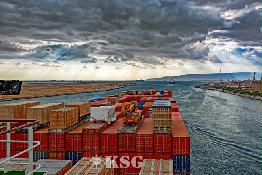
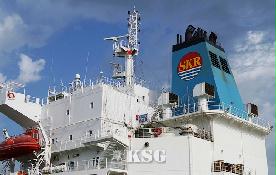
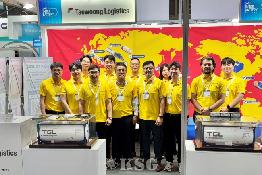

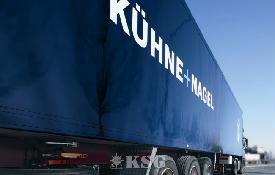


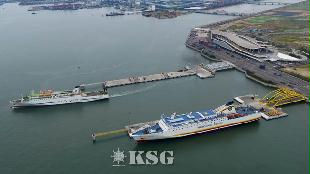
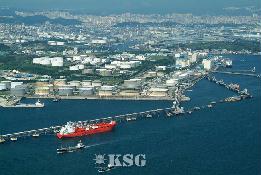

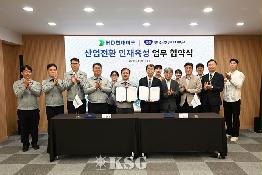
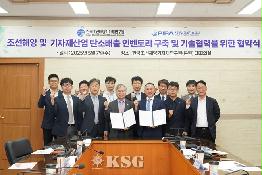

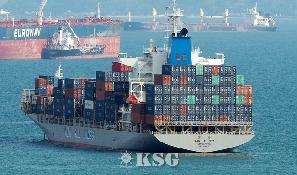
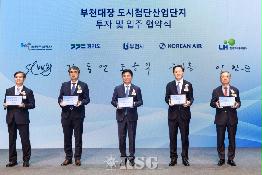
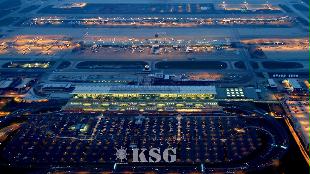

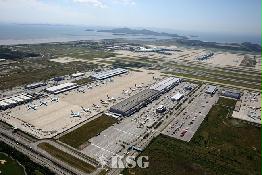

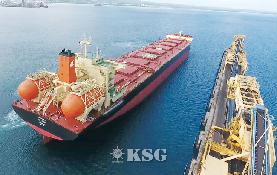
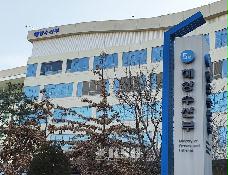



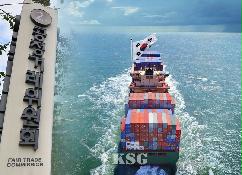
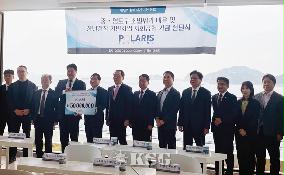
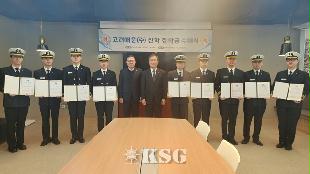
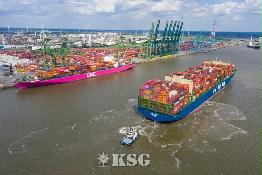
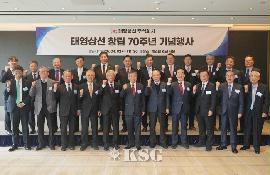
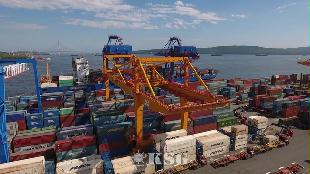









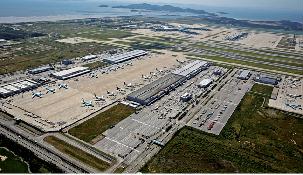





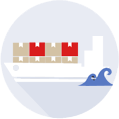
















0/250
확인